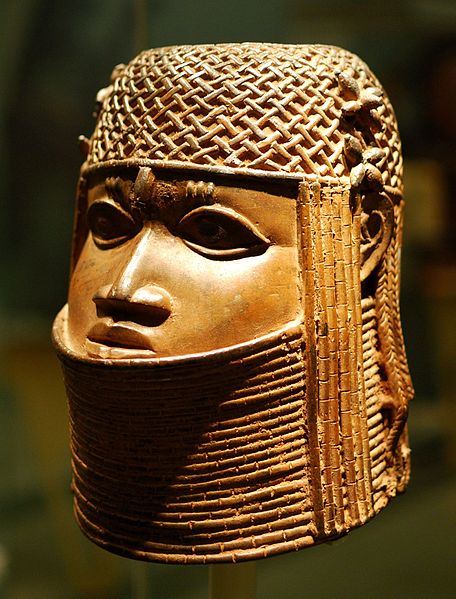Leone Leoni was an Italian sculptor of international outlook who travelled in Italy, Germany, Austria, France, Spain and the Netherlands. Leoni is regarded as the finest of the Cinquecento medallists. He made his reputation in commissions he received from the Habsburg monarchs Charles V, Holy Roman Emperor and Philip II of Spain. His usual medium was bronze, although he also worked in marble and alabaster, carved gemstones and probably left some finished work in wax, as well as designing coins. He mainly produced portraits, and was repeatedly used by the Spanish, and also the Austrian, Habsburgs.
Charles V, Holy Roman Emperor, Museo del Prado
Leone Leoni. Self-Portrait [reverse], bronze, 1541. National Gallery of Art, Washington, D.C. Samuel H. Kress Collection.
The Casa degli Omenoni that Leoni designed for himself, engraving from Serviliano's Descrizione di Milano, 1738
Leoni's memorial in Milan Cathedral for Gian Giacomo Medici (died in 1555)
Bronze is the most popular metal for cast metal sculptures; a cast bronze sculpture is often called simply "a bronze". It can be used for statues, singly or in groups, reliefs, and small statuettes and figurines, as well as bronze elements to be fitted to other objects such as furniture. It is often gilded to give gilt-bronze or ormolu.
The Victorious Youth (between 4th-2nd centuries BC), is a rare, water-preserved bronze from ancient Greece.
Chinese ritual bronze, a Late Shang dǐng.
Benin bronze of a woman's head.
Gilt-bronze doors of the Baptistry of Florence Cathedral (Lorenzo Ghiberti, 1401–22).


![Leone Leoni. Self-Portrait [reverse], bronze, 1541. National Gallery of Art, Washington, D.C. Samuel H. Kress Collection.](https://upload.wikimedia.org/wikipedia/commons/thumb/f/f4/Leone_Leoni%2C_Self-Portrait_%28reverse%29%2C_1541%2C_NGA_45097.jpg/600px-Leone_Leoni%2C_Self-Portrait_%28reverse%29%2C_1541%2C_NGA_45097.jpg)





